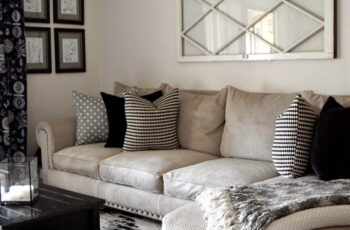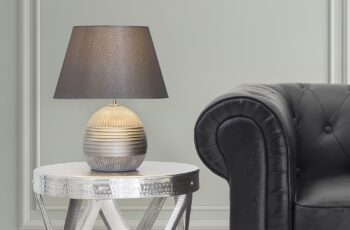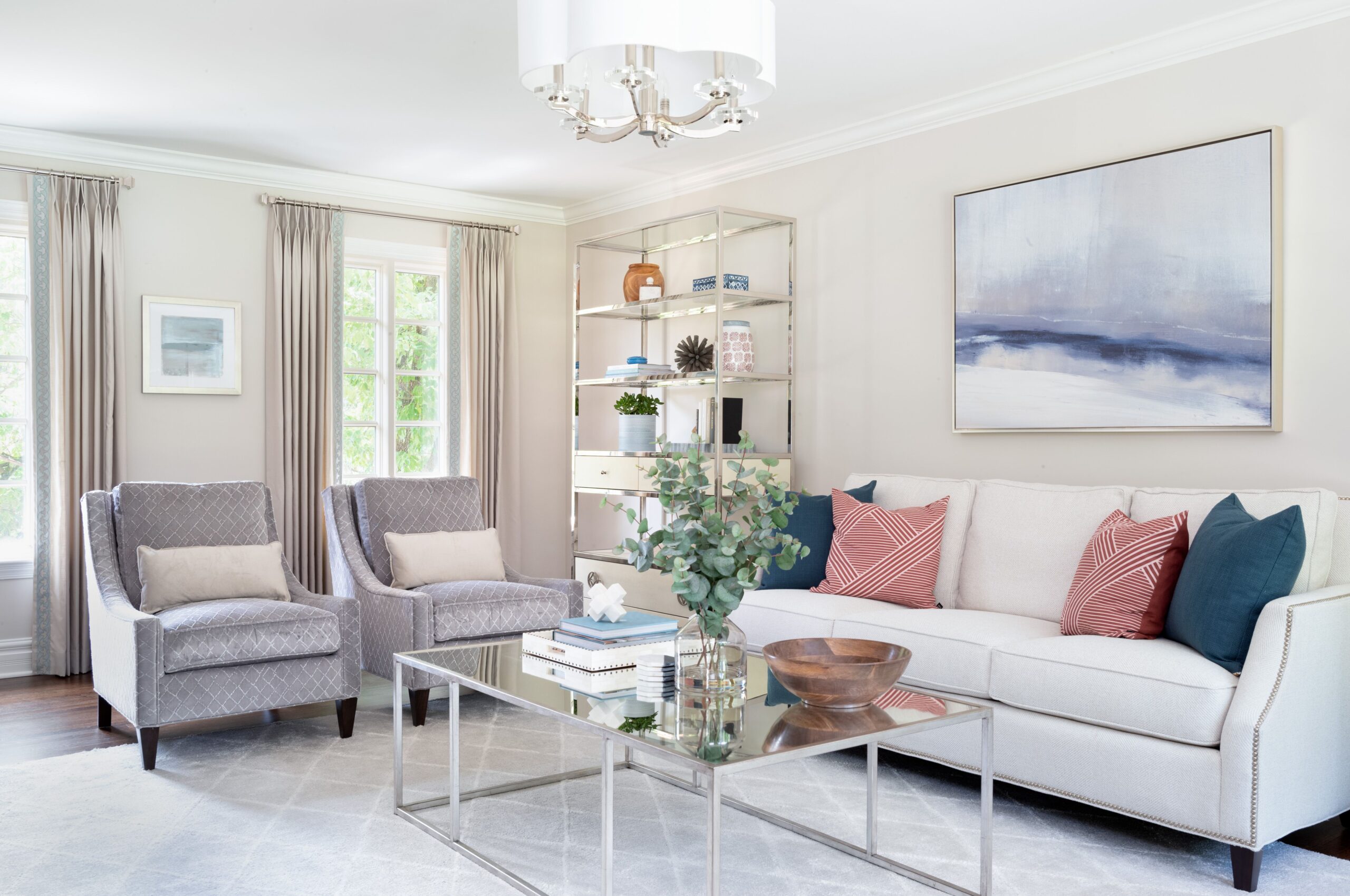
The Art of the Bridge: Crafting a Timeless Transitional Living Room
In an era of fleeting trends and ever-evolving aesthetics, there’s a growing desire for spaces that transcend the ephemeral. Homeowners are increasingly seeking designs that offer both comfort and sophistication, reflecting a personal journey rather than a rigid adherence to a single style. This yearning for enduring elegance has propelled transitional design into the forefront, particularly in the living room – the very heart of the home.
A transitional living room is not merely a compromise between modern and traditional; it is a masterful act of curation, a seamless blend that creates a harmonious, inviting, and utterly timeless space. It’s the art of the bridge, connecting the clean lines of contemporary design with the warmth and classicism of traditional aesthetics, resulting in an environment that feels both fresh and familiar. For those looking to create a living space that feels current yet classic, chic yet comfortable, the transitional approach offers an unparalleled solution.
What Defines Transitional Design? Beyond Just "Mixing"
At its core, transitional design is about balance. It eschews the stark minimalism of some modern styles and the ornate fussiness of pure traditionalism. Instead, it seeks a middle ground where elements from both worlds can coexist peacefully and beautifully.

Think of it as a carefully orchestrated symphony rather than a random collection of instruments. Each piece plays a part, contributing to a cohesive whole. Here’s what sets it apart:
- Balance of Forms: You’ll find a mix of clean, straight lines (modern influence) alongside gentle curves and softened edges (traditional influence). A sleek, low-slung sofa might be paired with a classic wingback chair, or a contemporary glass coffee table might complement a richly detailed antique console.
- Refined Simplicity: While not minimalist, transitional spaces are free from clutter and excessive ornamentation. Each item is chosen for its beauty, function, and contribution to the overall aesthetic. The focus is on quality over quantity.
- Comfort and Functionality: Despite its sophisticated appearance, a transitional living room prioritizes comfort and livability. Plush seating, soft textures, and thoughtful layouts ensure the space is as inviting for a quiet evening as it is for entertaining guests.
- Timelessness: By avoiding extreme trends, transitional design ensures longevity. The foundational elements remain relevant for years, allowing for subtle updates through accessories rather than complete overhauls.
- Sophisticated Neutral Palette: The backdrop is typically calm and serene, allowing textures and forms to shine.
:strip_icc()/MID_7009694_Shot_7_32acopy_preview-f457296fc00b450f9606c6d4897fcd5e.jpg)
The Pillars of a Perfectly Transitional Living Room
Achieving this delicate balance requires a thoughtful approach to every design element. Here’s how to build your timeless transitional living room:
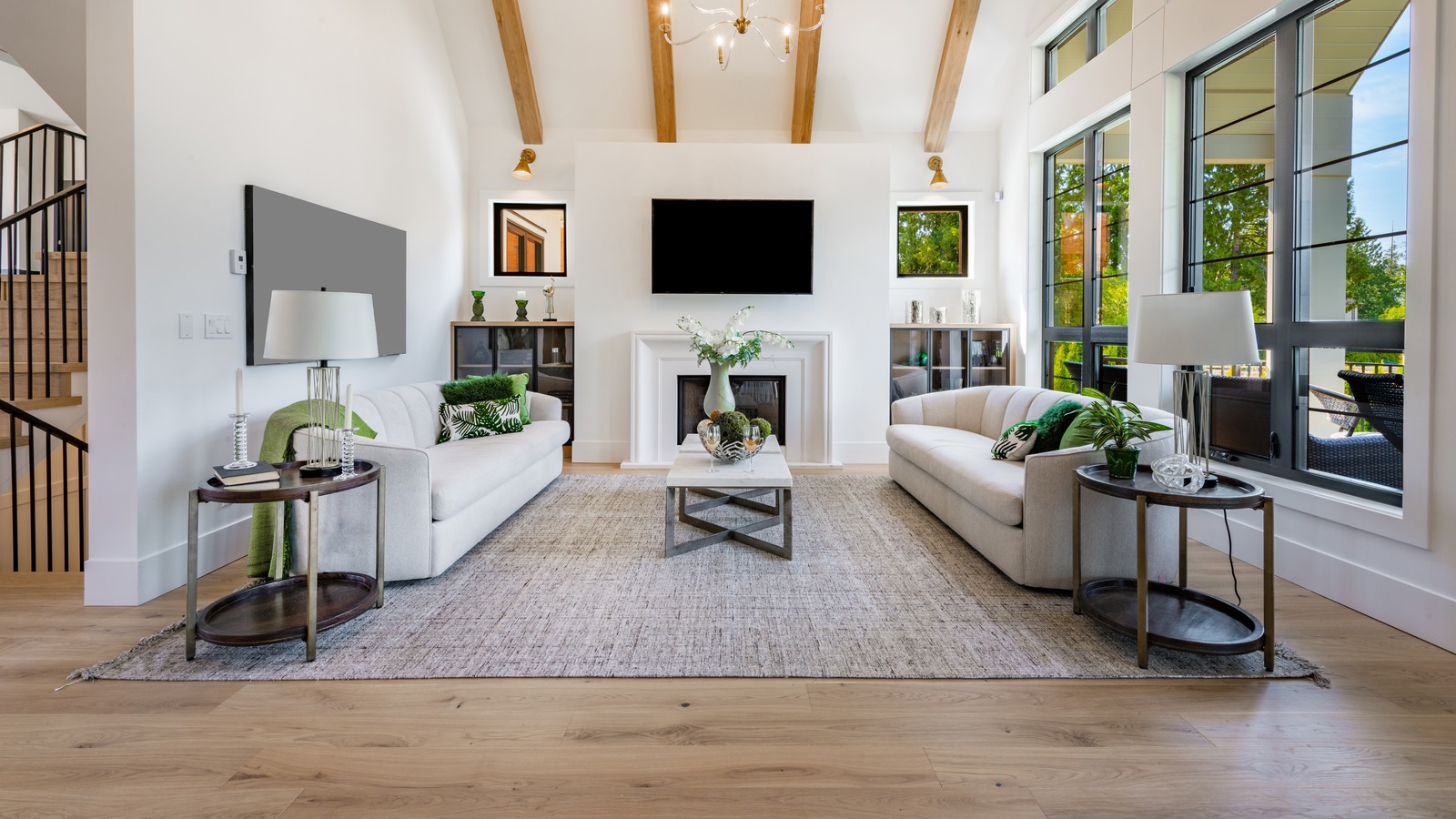
1. The Color Palette: Serene and Sophisticated Foundations
The cornerstone of any successful transitional space is its color scheme. Unlike more eclectic styles that might revel in bold contrasts, transitional living rooms typically embrace a sophisticated, muted palette.
- Neutrals Reign Supreme: Warm grays, cool grays, taupes, creams, whites, and varying shades of greige form the bedrock. These colors provide a calming, versatile backdrop that allows furniture, art, and accessories to stand out without competing. They create a sense of spaciousness and serenity.
- Strategic Color Pops: While neutrals dominate, transitional design is not devoid of color. Pops of muted, sophisticated hues can be introduced through textiles, art, or accent pieces. Think deep blues (navy, dusty blue), soft greens (sage, olive), plums, charcoal, or even a rich cognac. These colors are chosen for their depth and ability to complement, rather than overwhelm, the neutral base. The key is subtlety and refinement. Avoid overly bright or primary colors that can disrupt the tranquil harmony.
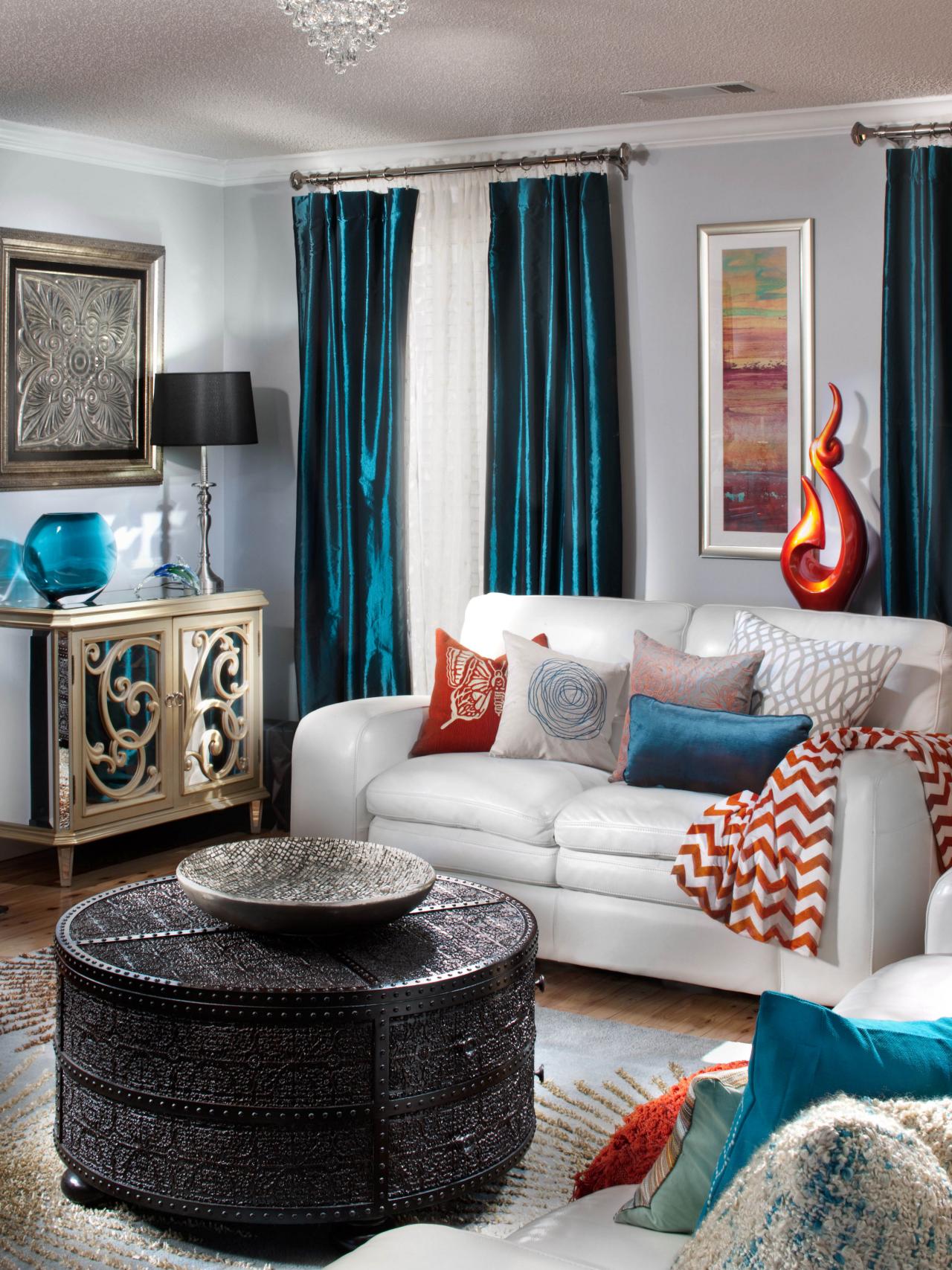
2. Furniture Selection: The Dance of Old and New
This is where the "transitional" magic truly happens. Furniture pieces are chosen for their ability to bridge eras, offering comfort without sacrificing elegance.
- Upholstered Pieces: Sofas and armchairs should prioritize comfort and clean lines. Opt for generous proportions and plush cushions, but avoid overly ornate details or excessive tufting. A classic Chesterfield can work if balanced with sleek side tables, or a modern track-arm sofa can be softened with traditional throw pillows. Fabrics like linen, cotton blends, chenille, or performance velvets in neutral tones are ideal.
- Case Goods (Tables, Consoles): This is an excellent opportunity to mix materials and styles. A reclaimed wood coffee table can ground a room with its rustic charm, while a polished nickel console adds a touch of modern glam. Glass and metal tables bring a contemporary edge, while dark, rich wood pieces contribute warmth and classicism. The key is to select pieces that complement each other through their finish, scale, or underlying form, even if their styles differ. For instance, a modern metal-and-glass coffee table can harmonize with a traditional wood side table if both share a similar level of visual weight or a complementary finish.
- Seating Mix: Don’t be afraid to pair a contemporary sectional with a pair of classic club chairs or a more traditional armchair with a sleek, modern ottoman. The variation in form and style adds interest and depth.

3. Materials and Textures: A Rich, Tactile Experience
Layering textures is paramount in transitional design, adding depth, warmth, and visual interest to an otherwise neutral palette. This interplay prevents the space from feeling flat or sterile.

- Natural Fibers: Linen, cotton, wool, jute, and sisal bring organic warmth and an approachable feel. Use them in rugs, drapes, and upholstery.
- Luxurious Touches: Introduce elements like velvet, silk, or cashmere for a touch of opulence and softness. These can appear in throw pillows, blankets, or even an accent chair.
- Metals: Mix finishes like polished nickel, brushed brass, bronze, and matte black. Metals can be found in light fixtures, furniture legs, and decorative accents. The blend of warm and cool tones adds sophistication.
- Wood: Incorporate various wood tones, from light oak to dark walnut. Wood can appear in flooring, furniture, and decorative objects. Distressed finishes can add a touch of traditional character, while sleek, polished wood feels more contemporary.
- Stone and Glass: Marble, quartz, and granite bring a touch of luxury and solidity, often seen in countertops or tabletops. Glass adds lightness and a modern touch, especially in coffee tables or decorative vases.
4. Lighting: The Mood Setter
Lighting in a transitional living room is both functional and artistic, creating ambiance and highlighting key features. Layered lighting is essential.
- Ambient Lighting: Recessed lighting, chandeliers, or large pendant lights provide overall illumination. Choose fixtures that blend classic forms with modern finishes (e.g., a traditional chandelier shape in a matte black finish, or a sleek, contemporary pendant in antique brass).
- Task Lighting: Floor lamps and table lamps are crucial for reading and creating intimate zones. Their design should echo the blend of styles – perhaps a classic swing-arm lamp with a modern drum shade, or a minimalist base with a linen shade.
- Accent Lighting: Wall sconces or picture lights draw attention to art or architectural features.
- Dimmers: Always use dimmers to control the mood and intensity of light, allowing you to transition the room’s atmosphere from bright and airy to cozy and intimate.
5. Accessories and Art: Curated Personal Touches
In a transitional space, accessories are thoughtfully chosen, not merely accumulated. They are the final layer that injects personality and completes the refined aesthetic.
- Less is More: Avoid clutter. Each accessory should have a purpose, whether aesthetic or functional.
- Mix Eras: Display contemporary abstract art alongside classic landscape paintings or antique botanical prints. Pair modern sculptures with vintage pottery.
- Personalization: Incorporate family heirlooms, travel souvenirs, or unique finds that tell a story, but integrate them seamlessly into the overall scheme.
- Books and Greenery: Stylishly arranged books add warmth and intellectual appeal. Indoor plants bring life, color, and organic texture, softening hard lines and adding a touch of nature.
- Mirrors: Large mirrors can expand the space, reflect light, and serve as a statement piece. Choose frames that blend traditional ornate detailing with cleaner, simpler lines.
6. Layout and Flow: Openness and Intimacy
The arrangement of furniture in a transitional living room should promote both conversation and relaxation.
- Open and Inviting: Create clear pathways for easy movement throughout the room.
- Conversation Areas: Arrange seating to facilitate interaction, typically around a central coffee table or focal point like a fireplace.
- Balance and Symmetry (with a twist): While traditional design often leans heavily on symmetry, transitional design might employ a more relaxed, asymmetrical balance. For example, two matching sofas might face each other, but one end table could be modern while the other is a more traditional chest.
- Defined Zones: In open-concept spaces, use rugs, furniture placement, and lighting to define distinct functional zones (e.g., a main seating area, a reading nook).
Bringing It All Together: Tips for Success
- Start with a Neutral Canvas: This provides the flexibility to layer and evolve your design over time.
- Prioritize Comfort: No matter how stylish, a living room must be comfortable and functional for daily life.
- Mix Deliberately, Not Randomly: Each piece should have a reason for being there and contribute to the overall balance.
- Layer Textures Extensively: This is key to adding warmth and depth to a neutral palette.
- Invest in Quality Foundation Pieces: A well-made sofa or sturdy coffee table will last for years and anchor your design.
- Don’t Forget the Details: Hardware, trim, and even the finish on light switches can contribute to the refined aesthetic.
- Edit Ruthlessly: If an item doesn’t serve a purpose or enhance the aesthetic, remove it.
- Personalize with Care: Your home should reflect you, but within the bounds of refined simplicity.
- Seek Inspiration, Then Adapt: Look at examples of transitional design, but tailor ideas to your own space and preferences.
Common Pitfalls to Avoid
- Going Too Far in One Direction: The balance is delicate. Too many traditional elements can make the space feel dated, while too many modern elements can make it feel cold.
- Lack of Cohesion: Without a unifying color palette or material story, the mix of styles can look chaotic rather than curated.
- Over-Accessorizing: Clutter detracts from the refined simplicity that defines transitional design.
- Ignoring Scale and Proportion: Ensure furniture pieces are appropriately sized for the room and for each other.
- Forgetting Comfort: A beautiful room that isn’t comfortable will rarely be truly lived in.
The transitional living room is more than just a style; it’s a philosophy of design that values longevity, comfort, and sophisticated elegance. It allows for the integration of cherished pieces from the past with the clean, fresh appeal of the present, creating a space that feels deeply personal, effortlessly chic, and perpetually welcoming. By mastering the art of the bridge, you can craft a living room that truly lives with you, evolving gracefully through the seasons and years.
The Art of the Bridge: Crafting a Timeless Transitional Living Room | in opo wae, wis opo wae, and on last post i/admin have give some post/articles and many pictures gallery about " The Art of Elegant Equilibrium: Crafting a Timeless Transitional Design Living Room" if you have not seen it, please check out before seeing this. (just click text in "anchor text" to read or see last post first), I have packed all images collections become 1 gallery images on post and this time i just want to share again from my collections to could be useful :D. These pictures of The Art of the Bridge: Crafting a Timeless Transitional Living Room, I have collected in a fairly long time, and from various media such as the Internet, books, magazines, newspapers, comics, etc like as from search engine and other sources to be used as ideas for you. and these images has combined into one page on 0 Photos/images Gallery below. lets views.. o[^_^]o.The Art of the Bridge: Crafting a Timeless Transitional Living Room pictures collections gallery
The Art of the Bridge: Crafting a Timeless Transitional Living Room is a nice pictures and stock photo for your computer desktop or your smartphone device (ipad, tablet, blackberry, iphone, and other device) and also for your personal use. Free available for desktop wallpaper or additional image collections for your all needs. And was uploaded by admit at date August 1, 2025. You can download it in your computer by clicking download button to save image... have nice day and have fun guys..
This 1 image in featured post from 0 Photos/images Gallery and awesome picture selections about The Art of the Bridge: Crafting a Timeless Transitional Living Room is available to download. "Download & Save" images/pictures/wallpapers now and this Is one of the post that listed in packed to Category is Living Room Design Ideas directory, with image dimension/resolution size is 2560 × 1699 px and size image/picture file is 489 KB with original link post ID is : https://powae.pw/the-art-of-the-bridge-crafting-a-timeless-transitional-living-room/. Get download/save images in post and gallery, "download" images or "preview" it on a bigger image for spesification sample in Large size (full attachment size) here : [Download & View to Large size]. Just Simple way, in thumbnail or in Gallery. *Click images to view Large Size.We collect this wonderful image from online and choose one of the best for you. Pictures collection that posted here was carefully chosen and published by author after choosing the ones which are best among the others. So, ultimately we make it and here these list of best image for your inspiration and informational reason regarding the The Art of the Bridge: Crafting a Timeless Transitional Living Room as part of blogsite exclusive updates collection. So, take your time and find the best informations and pictures posted here that suitable with your needs and use it for your own collection and personal use. About Image information: Image has been submitted and You are able to give your opinion as evaluations to our web site value.
Don't forget to comment if you interest with this images, you can share this post to social media like as facebook, twitter, google+, pinterest, stumbleupon, and more. just click social media buttons for share this post The Art of the Bridge: Crafting a Timeless Transitional Living Room Now. :)
Thanks for your visit, I hope you happy come to opo wae, wis opo wae, and get what you're looking for. And hope sometimes you will come back again here. All you need to do is help us develop by discussing this The Art of the Bridge: Crafting a Timeless Transitional Living Room if you like it "leave your comment". have fun, Thank you.



